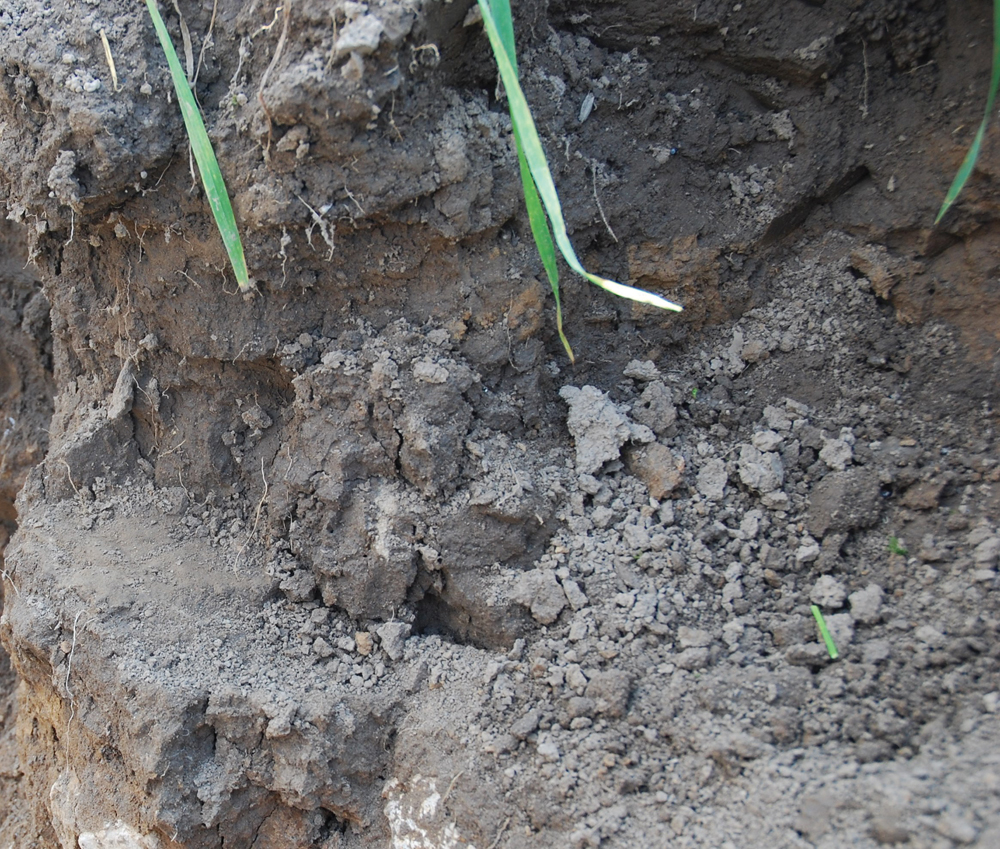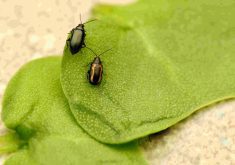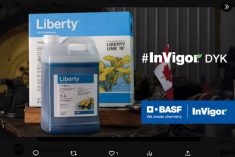When it comes to technology, potential often outweighs practical, at least until an opportunity is created for the latter.
At the Ontario Agriculture Conference earlier this year, a presentation on the promise of biologicals acknowledged their potential, but called for continued verification. Although there are many products on the horizon, further research is needed to confirm their benefits.
Why it matters: The challenges faced by producers, including resistant weeds and less access to chemicals, are driving innovation in biologicals.
Read Also

Canada’s ‘Harvest for Victory’ in the Second World War
Propaganda posters celebrating farming show the legacy of Canadian agriculture during the Second World War.
Biologicals, which include nitrogen-fixing bacteria, phosphorus-solubilizing microbes and mycorrhizal fungi, represent a new frontier. Companies are building lines with existing synthetic products as a springboard into the market.
Growth in the sector for 2022 was expected to be 50 per cent, said Darren Anderson, chief executive officer of Ontario-based agro-technology firm Vive Crop Protection. Innovation in the past 20 years has been about software, equipment and analytics, he said, but the next two decades will be about biology, life sciences and systems to deal with threats on the farm.
Given the amount of capital investment, there’s little doubt of its impact, he said. What used to be a 10-year, $100 million path to research, development and launch is now 13 years, and triple the amount for synthetics.
“There are some challenges for biologicals, like scale-up, because they’re made in a similar way to brewing beer. The same issues apply with creating biological products,” said Anderson.
“For biologicals, it’s more like five years and $5 to $20 million to get a product ready to go, depending on what it is.”
Less is more
Being more efficient is going to become increasingly important. Existing tools are being challenged by supply issues, but many of the products farmers rely on are undergoing greater regulatory scrutiny. Yet it’s not a matter of replacing existing products: supplementary development and combining biologicals with synthetics present a greater opportunity, said Anderson.
“Some companies are doing some interesting things on the synthetic discovery side. The breadth of tools in the soil, underneath a producer’s feet, is incredible with respect to what those microbes can do. It’s just a question of getting the science right and getting the path to market right.”
One company that’s part of this new horizon is A&L Biologicals, a division of A&L Canada Laboratories. The company has a microbial library that includes more than 4,000 isolates screened for functional traits, then further classified as potential bio-control or bio-fertilizer products.
Like Anderson, Rob Field believes biologicals represent a huge opportunity for development and discovery.
“The sector’s experiencing exponential growth,” said Field, vice-president of business development and marketing with A&L Biologicals. “Sustainability and technology are the drivers of growth alongside population growth and the need for more food.”
Field sees the interest from investors, and a resulting flow of capital funnelled into the sector, as positive signs.
What’s needed is accuracy, not hype, about the potential for biologicals.
“There’s a perception that biologicals are not as effective as conventional synthetic products,” he said.
That perception is inaccurate, he argued, and must be overcome with technology and industry promotion.
“Biological solutions are safer than synthetic solutions, which provide a quicker path to registration. Issues like fungicide resistance provide opportunities for investment in biological solutions.”














